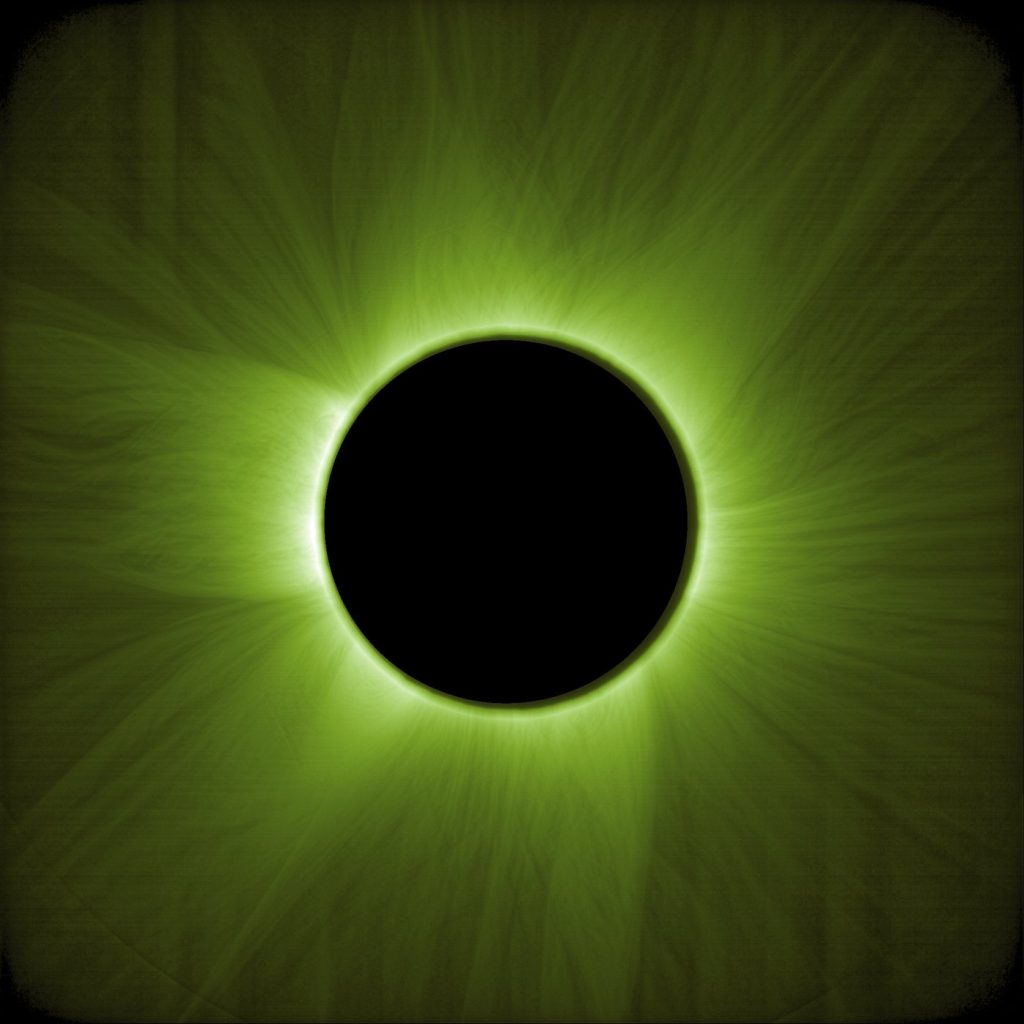A collaborative mission between two European satellites has successfully created the first artificial solar eclipses, allowing scientists extended periods of totality to observe the sun. The European Space Agency (ESA) unveiled these groundbreaking eclipse images at the Paris Air Show on June 19, 2023. The duo, launched in late 2022, has been simulating solar eclipses since March 2023 while flying tens of thousands of miles above Earth.
The satellites, which fly 492 feet (150 meters) apart, operate in a meticulously coordinated formation. One satellite blocks the sun in a manner analogous to the moon during a natural total solar eclipse, while the second satellite directs its telescope toward the sun’s corona, the outer atmosphere that appears as a luminous halo. This intricate formation flying demands extreme precision from the cube-shaped spacecraft, each measuring less than 5 feet (1.5 meters) in size. Their positional accuracy must remain within a mere millimeter, similar to the thickness of a fingernail. Achieving this level of precision requires a combination of advanced technologies, including GPS navigation, star trackers, lasers, and radio links, allowing for autonomous operations.
The mission, dubbed Proba-3, represents a significant investment of $210 million and has thus far produced 10 successful solar eclipses during its operational checkout phase. Among these eclipses, the longest lasted an impressive five hours. Andrei Zhukov, the lead scientist from the Royal Observatory of Belgium, indicated that once the scientific observations officially commence in July, they aim for durations of totality reaching six hours per eclipse.
Early results from the mission have excited scientists, with preliminary images revealing the corona without the necessity for extensive image processing. “We almost couldn’t believe our eyes,” Zhukov expressed in an email. “This was the first try, and it worked. It was so incredible.” He anticipates that the satellites will produce an average of two solar eclipses weekly, totaling nearly 200 eclipses over the two-year mission lifespan. This ambitious endeavor could yield over 1,000 hours of totality, offering a wealth of scientific information. For comparison, natural solar eclipses typically last only a few minutes of totality about once every 18 months.
The sun, particularly its corona, remains an area of intrigue for scientists. The corona is known to be hotter than the sun’s surface, and phenomena such as coronal mass ejections can eject billions of tons of plasma and magnetic fields into space. These ejections can lead to geomagnetic storms that disrupt power and communication systems, while also producing spectacular auroras in regions where they are usually absent.
Prior missions, including the European Space Agency’s Solar Orbiter and NASA’s Solar and Heliospheric Observatory (SOHO), have also created simulated solar eclipses; however, those missions utilized a sun-blocking disk integrated with the corona-observing telescope on one spacecraft. Proba-3 differentiates itself by placing these components on two separate satellites, allowing for significantly greater distance and a more comprehensive study of the corona, particularly the areas nearest to the sun's limb.
“We are extremely satisfied with the quality of these images, and again this is really thanks to formation flying with unprecedented accuracy,” remarked Damien Galano, ESA’s mission manager, from the Paris Air Show. This innovative approach signifies a new era in solar observation, with Proba-3 paving the way for enhanced understanding of our solar system’s star and its various phenomena.












